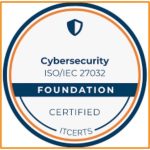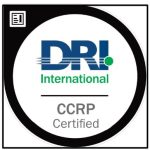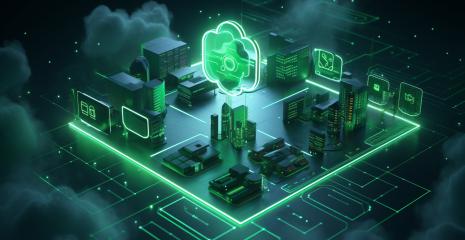How to properly manage risks with reliable security?
As a company embraces its digital transformation strategy, it increasingly relies on cloud service providers. As the number of vendors accessing your information increases, you increase the complexity of your program by managing cooperative risks. A compromised supplier doesn’t even have to be a company you do business with. Information risk is a calculation based on the likelihood that an unauthorized user will adversely affect the confidentiality, integrity, and availability of the data you collect, transmit, or store. More specifically, you need to view all informational resources. In addition, third-party service providers that experience a data breach can leave your organization’s information vulnerable to attackers. Understanding information risk management and how to reduce those risks can be the first step to protecting yourself and your customers.

Risk management is a phrase that is often used in modern business. However, without a consistent interpretation of what this means and how to do it effectively, this in itself creates a risk! Information security risk management and cyber security risk management are also derived from this. Both of these areas of risk are becoming increasingly important to organizations. It is an ongoing process of identifying these security risks and implementing plans to address them. Risk is determined by considering the likelihood that known threats will exploit vulnerabilities and their impact on valuable assets.
Beginner
PROJECT+
CompTIA Project specialist.
329$

CLICK HERE
FAIR FND
Fundamentals of Fair Institute analysis.
1499$

CLICK HERE
APMG 20000F
APMG 150 / IEC 20000 Foundation exam.
308$

CLICK HERE
EXIN 27001F
EXIN ISO/IEC 27001 Foundation specialist.
232$

CLICK HERE
IIBA CCA
IIBA Certification in Cyber Security Analysis.
475$

CLICK HERE
SCRUM PAL
SCRUM Professional Agile Leadership specialist.
200$

CLICK HERE
C CS F
IBITGQ Certified Cyber Security Foundation Specialist.
725$

CLICK HERE
C)SCAP
Professional certification and accreditation of Mile2 information systems.
550$

CLICK HERE
CIS F
IBITGO ISO 27001 certified specialist in information security management.
853$

CLICK HERE
BCS FISMP
BCS Foundation Certificate in Principles of Information Security Management.
249$

CLICK HERE
CITGP
Certified IBITGQ specialist in the field of management implementation – basics and principles.
2499$

CLICK HERE
PECB 27032F
Highly qualified PECB ISO/IEC 27032 Foundation specialist.
500-749$

CLICK HERE
Expert
CNDA
EC Council Certified Network Security Architect.
200$

CLICK HERE
CISRM
Specialist in information security management.
2783$

CLICK HERE
APMG 27001F
Certified APMG ISO/IEC 27001 Foundation specialist.
400$

CLICK HERE
MCL
Mosse Institute Cybersecurity Leadership Exam.
450$

CLICK HERE
CPD
Certified GAQM Project Director.
210$

CLICK HERE
PPM
Project management professional.
210$

CLICK HERE
SCRUM GSP SM
Certified Scrum SM professional with work experience.
3199$

CLICK HERE
C)ISSO
Mile2 Certified Information Systems Security Specialist.
550$

CLICK HERE
CIS RM
IBITGQ ISO 27005 certified risk management specialist.
2783$

CLICK HERE
C)SLO
Certified Mile2 Security Manager.
550$

CLICK HERE
SCRUM PSD
Scrum Professional Scrum developer.
200$

CLICK HERE
GCPM
GIAC certified project manager.
849$

CLICK HERE
Intermediate
GSTRT
GIAC Strategic Goals Planning, Policy and Leadership.
849$

CLICK HERE
PEXIN ISM
EXIN Information security management professional.
268$

CLICK HERE
CISSM
GAQM certified information systems security manager.
170$

CLICK HERE
PECB 27001LI
PECB ISO/IEC 27001 Lead Developer.
930$

CLICK HERE
GLEG
GIAC Data Security Act and Investigations.
849$

CLICK HERE
CAP
(ISC)2 Certified Authorization Specialist.
599$

CLICK HERE
GSLC
GIAC Security Leadership Certification.
849$

CLICK HERE
S-ISP
SECO Information Security Practitioner.
704$

CLICK HERE
DDCRP
Certified cyber security specialist. DRI
400$

CLICK HERE













